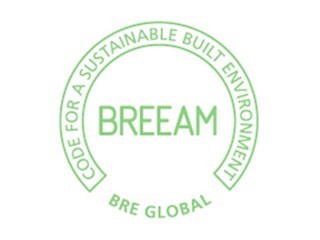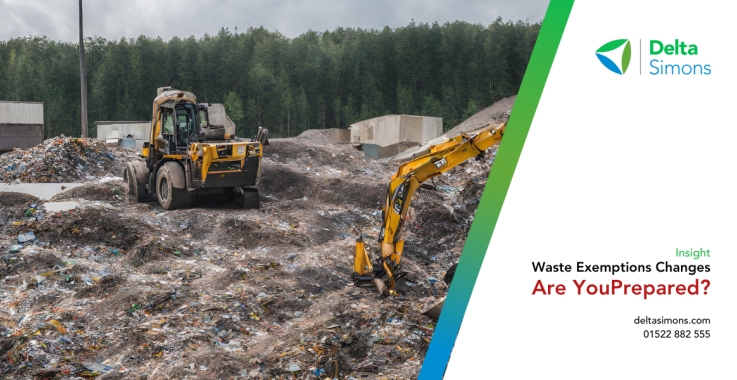BREEAM ecology credits to be revamped
28 Sep 2015
BREEAM
Ecology
Sustainability

BREEAM is a recognised measure of the environmental performance of buildings, and is increasingly being utilised as a planning condition by local authorities.
BREEAM is used to ensure that new buildings and refurbishments meet sustainability criteria. A key section of BREEAM is ecology, which historically has been one of the lowest scoring categories, with project teams deciding not to target ecological credits due to outdated requirements.
Subsequently, the Building Research Establishment (BRE) recognised that ecological credits required a review and earlier this year launched a Strategic Ecology Framework (SEF) Consultation. The aim is to develop a clear methodology of assessing ecological impacts in line with current best practice. The methodologies of assessing ecological impact and enhancement will then be implemented across all BREEAM schemes for a clear and consistent approach.
With a readily understood method, it is hoped that more developers, constructors and designers will embrace ecology throughout all stages of the building life cycle.
Proposed key changes include:
A more detailed review of the historical condition of the site
BREEAM has traditionally focused on the current state of ecology. Often sites change significantly over time and historical reviews can help to identify how established plant species are and the potential for wildlife on the site.
More focus on habitat connectivity
For some time, BREEAM has just focused on the ecological value within the construction zone, without considering the wider scope. Going forward there will be need to assess the habitat value of neighbouring land and look for opportunities to improve habitat connectivity beyond the site boundary.
Assessment of the ecology within or on manmade structures
BREEAM has previously been based on broad habitat types which do not account for wildlife living in built structures. Often birds, bats and other animals make buildings their home. In the future we are likely to see more Bat Roost Potential (BRP) and similar surveys conducted as part of the BREEAM process.
Assessment of indirect risks to ecology arising from noise and light pollution
Whilst enhancing habitats on a site, wildlife can be deterred because of loud noise levels or light pollution from industry and car parks in particular. Increasingly, ecological enhancements will be assessed in conjunction with the noise generation and lighting requirements of the building.
Provisions for biodiversity offsetting
Where space is at a premium, or where ecology enhancements are limited, the new BREEAM framework is to allow provisions for biodiversity offsetting on other sites. It remains to be seen how this will work in practice.
Balancing ecological requirements with the scale of the development
This should reduce the possibility of smaller developments being penalised for having limited scope and/or funds for ecological enhancements.
The SEF consultation is due to close on 5th October 2015, and Delta-Simons' sustainability consultants and ecologists will keep up to date in order to inform our clients of upcoming changes to BREEAM.
Read more on our BREEAM services, including ecology, site appraisal, sustainability due diligence, green leases and in-use auditing.



